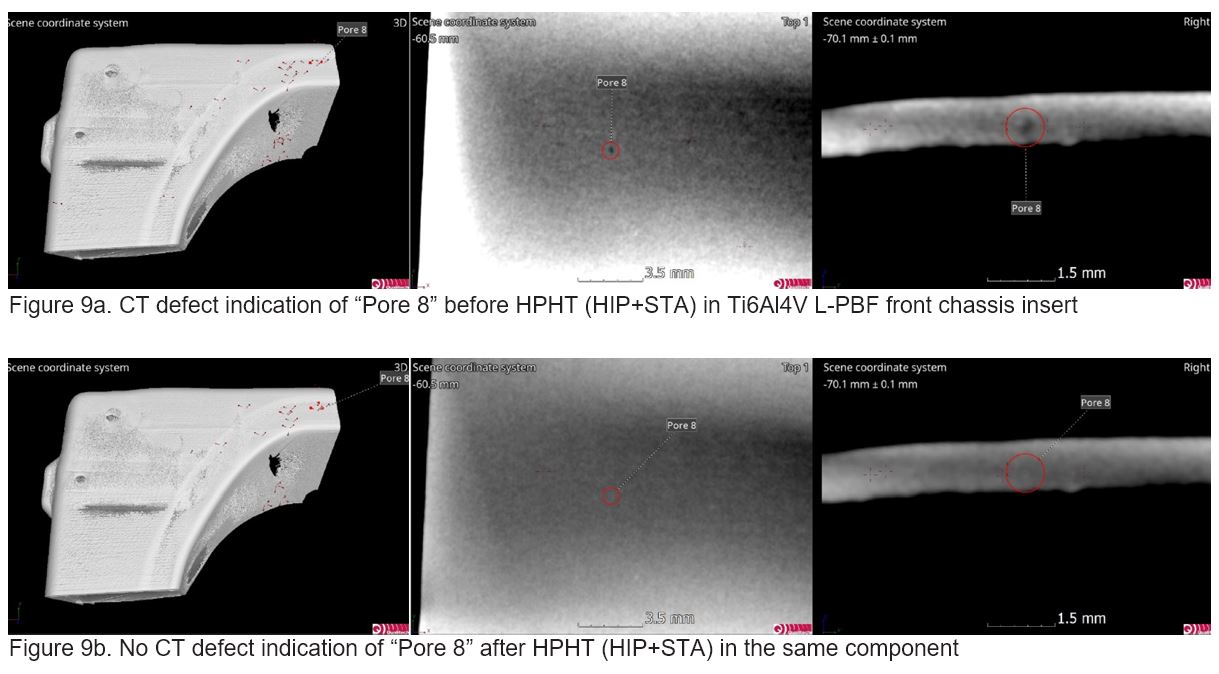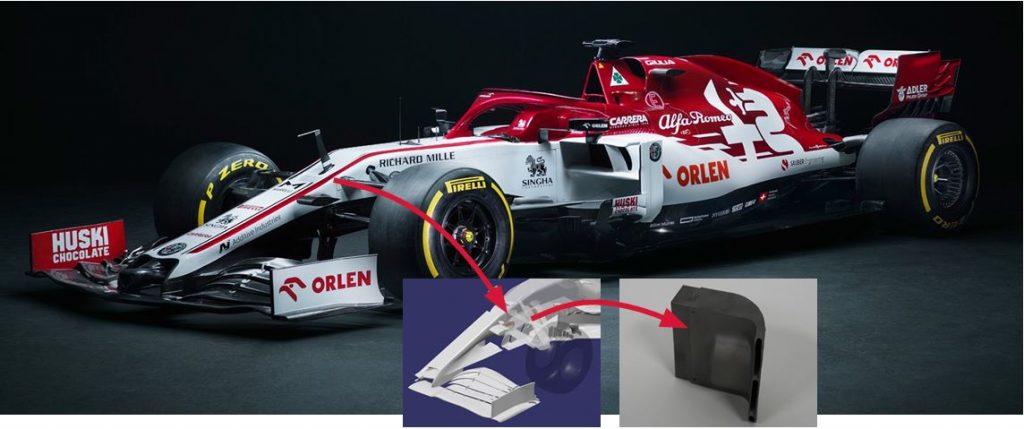Sauber Engineering, the manufacturing arm of Sauber Motorsport, has recently highlighted advances made in the HIP (Hot Isostatic Pressing) and heat treatment of additively manufactured Ti6AL4V parts, using what it calls a “lean, fast and robust process”. Parts using the process have been deployed on the Alfa Romeo Sauber C39 F1 car.
The company has been at the forefront of in-house additive manufacturing of metal parts, both for its Formula 1 operation and other industrial projects, and says it is now using a process called High-pressure Heat Treatment (HPHT), developed by specialist Quintus Technologies, which combines traditional HIP cycles with an integrated, subsequent inert gas quenching cycle.
Though advances in process control in additive manufacturing have greatly improved the mechanical properties of as-built metal parts, they are still lower than those made using traditional methods such as forging. This is because the manufacturing process can leave pockets of unfused material, micro cracks and residual stresses, which can lead to stress concentrations and thus a reduction in fatigue resistance and ductility.
To date, a combination of HIP and shot peening has been employed to minimize internal defects and reduce stresses, however, regular high-temperature HIP processes can lead to a softening of additively manufactured titanium parts. To counter this, Quintus developed a process that lowers the HIP temperature while increasing pressure to compensate.
However, Sauber notes that in some cases, for example where larger defects are present in materials, the pressure increase cannot fully counteract the lower temperatures. This is where Quintus’s HPHT process comes into play, combining HIP and a solution treat and age process (STA). The addition of an STA stage counters the softening of the material caused by martensite decomposition and coarsening of platelets via two hardening mechanisms introduced by the quenching and aging stages.
Sauber presented a case study detailing the treatment of chassis inserts using the new process on its 2020 season C39 race car, with the increased fatigue resistance allowing for a weight reduction of several hundred grams per insert, amounting to a considerable saving across the chassis.
A full write up of the process can be found here.




